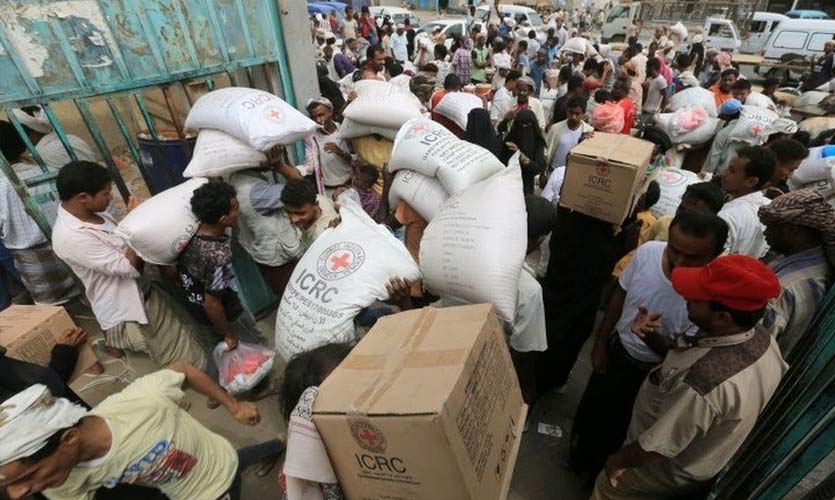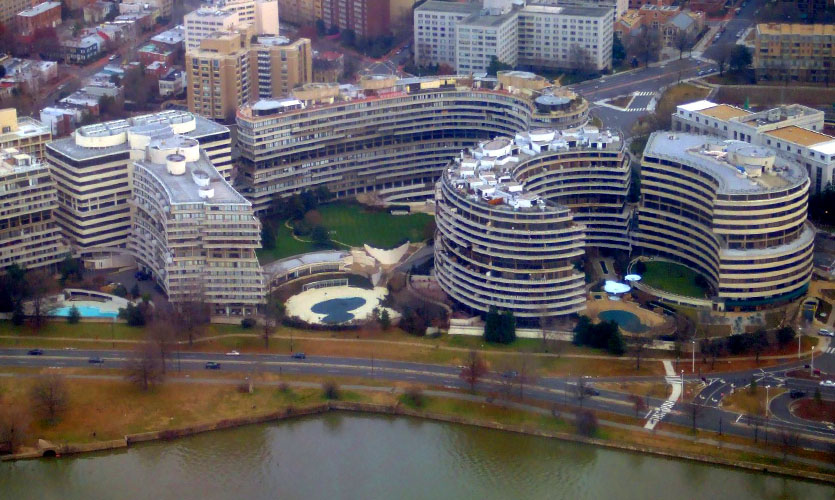The civil war in Yemen has devastated one of the poorest countries in the Arab world. According to officials, the Saudi-led coalition fighting Iran-backed rebels in Yemen has intensified airstrikes on the capital and elsewhere in the conflict-torn country in recent weeks as government forces advance in the west coast and the key province of Marib. The coalition claimed it struck military facilities in rebel-held Sanaa and struck Houthi positions in the strategic Marib and Hodeida provinces.
Background
According to BBC, Yemen’s conflict stems from a failed political process aimed at bringing stability to the country after an uprising compelled Ali Abdullah Saleh, the longtime authoritarian president, to hand power over to his deputy Abdrabbuh Mansur Hadi, in 2011.
During his tenure as the president of Yemen, Hadi dealt with attacks by jihadists, a separatist movement in the south, corruption, unemployment, food insecurity, and problems raised by the security personnel loyal to Saleh. However, the new president failed to unite the Houthi movement – officially known as Ansar Allah (Partisans of God). Houthis, who championed Yemen’s Zaidi Shia Muslim minority and fought a series of rebellions against Saleh during the previous decade, seized control of their northern heartland of Saada province in early 2014 and began advancing southward.
In late 2014 and early 2015, after many Yemenis, including Sunnis, became disillusioned with the transition, the rebels gradually took over the capital city of Sanaa. The Houthis and security forces loyal to Saleh attempted to take control of the entire country in March 2015, forcing Hadi to flee abroad. It was alleged that Saleh had supported his one-time enemies in a bid to regain power.
Saudi Arabia and eight other mostly Sunni Arab states conducted an air campaign after becoming alarmed by the rise of a group they believed were backed militarily by the regional Shia powers and rival Iran to defeat the Houthis, end Iranian influence in Yemen, and restore Hadi’s government. In addition to logistical support, the coalition received intelligence support from the United States, the United Kingdom, and France.
How Has The Situation Changed?
Saudi officials predicted that the war would only last a few weeks. Instead, what followed was a six-year military standoff. In August 2015, after landing in the port city of Aden, ground troops of the coalition drove the Houthis and their allies from the south. Despite this, the rebels have not been driven out of Sanaa and most of the northwest.
The alliance between the Houthis and Saleh failed in 2017. The former president, who appeared to have switched sides, was assassinated while fleeing Sanaa.
Coalition forces and its allies – now backed by Saleh loyalists – launched an offensive in 2018, aiming to take the city of Al-Hudaydah from the Houthis. The Red Sea port of the city is crucial to millions of Yemenis in danger of starvation. A ceasefire was reached between the warring parties after six months of fighting. In addition to redeploying their forces from Hudaydah, provisions for establishing a prisoner exchange mechanism, and resolving the situation in Taiz, a city which has been besieged since 2015, were also included in the agreement. Despite the release of hundreds of prisoners there has been no redeployment, and the siege on Taiz continues, raising fears that the battle to retake Hudaydah’s port could resume soon and trigger an environmental catastrophe. Marib, the capital of an oil-rich province in the north, was one of the last strongholds of the Houthis in 2021. The UN has called for a ceasefire, warning that an all-out battle for the provincial capital would lead to the displacement of two million civilians.
In addition, the Houthis have ramped up their ballistic missile and drone attacks against Saudi Arabia, often targeting civilian infrastructure. Iran has been accused of smuggling sophisticated weapons and conventional weapons such as rifles and rocket-propelled grenade launchers’ parts into Yemen, in violation of an international arms embargo. Iran has denied the charge. For the past six years, President Hadi’s government has been based in the southern port city of Aden but has not been able to provide basic services and security. The president himself remains in Saudi Arabia. The authority of the government has been challenged by the separatist Southern Transitional Council (STC), which supports the government in its war against the Houthis but wants an independent South Yemen, which existed from 1967 until 1990 when it united with the north.
Saudi-backed Hadi loyalists were ousted from Aden and several other surrounding provinces in 2018 by STC-aligned forces supported by the United Arab Emirates, who accused Hadi of mismanagement and links to Islamists. A Saudi Arabian intervention ended the infighting in late 2019, several months after the UAE announced that it was withdrawing its forces from Yemen. In exchange for the withdrawal from Aden and integration into the military and police forces, the STC was offered a role within the government under the Riyadh Agreement. However, the deal has not been fully implemented and tensions remain high.
A local affiliate of the Islamic State group (IS) and al-Qaeda in the Arabian Peninsula (AQAP) has also taken advantage of the instability by conducting deadly attacks in the south, and annexing territory from the government. A ceasefire and a political solution appeared unlikely in 2021 due to the escalation of hostilities. As President Joe Biden announced changes in US policy towards Yemen in 2021, UN efforts to restart peace talks were boosted. Biden has said that the Trump administration was wrong to designate the Houthis as a terrorist group, and the Saudi-led coalition was wrong to conduct offensive attacks.
Loss Of Life
According to the UN report, 233,000 people had died upto December 2020 due to the conflict, out of which, 131,000 died from indirect causes such as lack of food, health services, and infrastructure. Tens of thousands of civilians have been killed or injured in the fighting, including more than 10,000 children. By the beginning of November 2021, the US-based Armed Conflict Location and Event Data Project (ACLED) had recorded more than 147,000 deaths. According to the Yemen Data Project, another monitoring group, airstrikes by the Saudi-led coalition have killed 8,780 civilians.
All parties to the conflict may have committed war crimes, as per UN experts. In addition, the conflict has caused what the UN calls the world’s worst humanitarian disaster. Four million people have been displaced from their homes, and 71 percent of the population – nearly 20 million people – needs humanitarian assistance. According to the UN, five million people are on the verge of famine, and almost 50,000 people are already suffering from famine-like conditions. The UN estimates that 2.3 million children under the age of five are acutely malnourished, of which 400,000 are at risk of death without treatment.
Nearly 20 million people are unable to receive adequate healthcare since only half of the country’s 3,500 medical facilities are fully functional and 20 percent of districts have no doctors. A majority of the population also does not have access to safe drinking water. Since 2016, authorities have had to deal with the largest cholera outbreak ever recorded, resulting in about 4,000 deaths and 2.5 million suspected cases.
The COVID-19 pandemic further strained the healthcare system. 9,800 confirmed cases and 1,880 deaths were reported in the country till the end of October 2021, according to the government. The actual numbers may be higher because of limited testing, delayed treatment, and the Houthis’ failure to report cases and deaths since May 2020.
Read more: Sudan: Thousands Of Pro-Democracy Protestors Rally Against Military Takeover
How Does This Affect The Rest Of The World?
Tensions in the region can be greatly aggravated by events in Yemen. The West is concerned about the threat of attacks by the al-Qaeda or IS affiliates originating from the country as it becomes more unstable. Shia-led Iran and Sunni-led Saudi Arabia are already engaged in a regional power struggle.
Iran has denied supporting the Houthis militarily and financially, despite allegations by the Gulf countries supporting President Hadi. In addition to its strategic importance, Yemen sits on a strait connecting the Red Sea with the Gulf of Aden, through which most of the world’s oil is transported.










